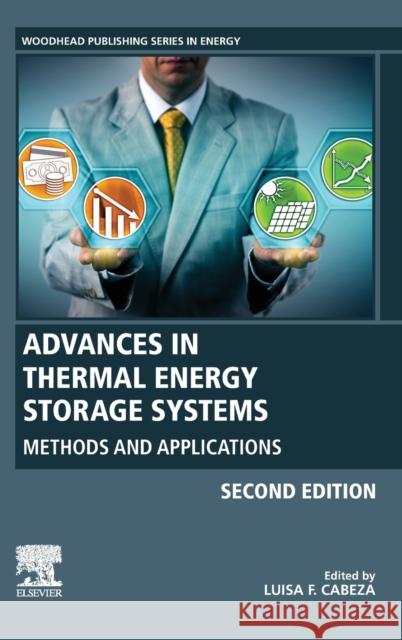Advances in Thermal Energy Storage Systems: Methods and Applications » książka
topmenu
Advances in Thermal Energy Storage Systems: Methods and Applications
ISBN-13: 9780128198858 / Angielski / Twarda / 2020 / 798 str.
Kategorie:
Kategorie BISAC:
Wydawca:
Woodhead Publishing
Seria wydawnicza:
Język:
Angielski
ISBN-13:
9780128198858
Rok wydania:
2020
Numer serii:
000904750
Ilość stron:
798
Waga:
1.22 kg
Wymiary:
22.86 x 15.24 x 4.29
Oprawa:
Twarda
Wolumenów:
01
Dodatkowe informacje:
Bibliografia











